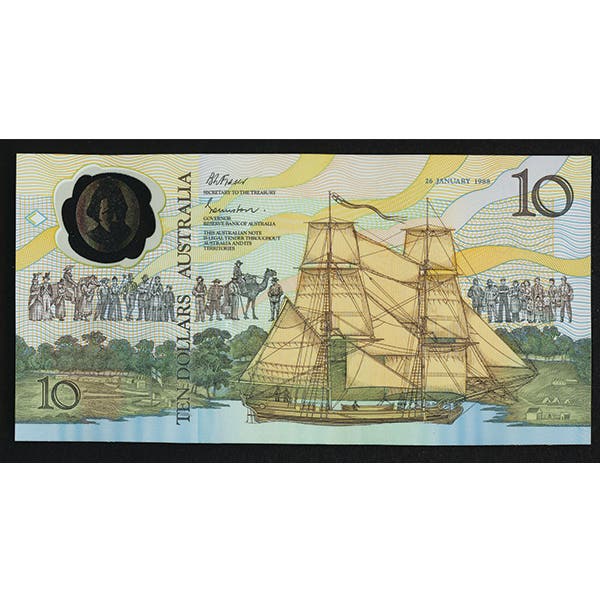Viewpoint: Barber quarter variety worth a look
By Mark Johnson While browsing the dealer tables at the Cedar Rapids, Iowa, Coin Show, a nicely toned 1900 Barber quarter caught my eye at Dean Oakes’ table. I often…
By Mark Johnson
While browsing the dealer tables at the Cedar Rapids, Iowa, Coin Show, a nicely toned 1900 Barber quarter caught my eye at Dean Oakes’ table. I often find that a coin has to have something extra for me to spend paper money on it. In addition to the eye-catching tone, this quarter was marked “Type 3 reverse.” I wasn’t aware that the Barber quarters had a Type 3 reverse. That was the extra it took for me to make the purchase.
I checked some price guides and found they list a Type 2 reverse for 1893 but nothing unusual for the 1900 quarter. I searched the Internet and found that NGC describes a third reverse made in 1900 and notes changes to the obverse as well. According to NGC, collectors have shown little interest in the relative rarity of the Type 2 and Type 3 reverses. A variety with little collector interest?1 This coin gets more and more interesting.
As described in David and John Feigenbaum’s The Complete Guide to Certified Barber Coinage2, by 1900 there were complaints that the changes made in 1893 to correct stacking problems resulted in thinner quarters; reportedly, a stack of 21 was as high as a stack of 20 from the original dies.
The San Francisco Mint, likely the mint most sensitive at the time to the amount of silver in coinage, requested permission to use the original dies. Their request was denied, with Philadelphia Mint supervisor Henry Boyer insisting that all mints should make the same coins.
So, in 1900, Charles Barber again made changes to his quarter. On the reverse, the eagle’s wings were extended beyond the “E” in “Liberty.” On the obverse, the most significant change was the addition of cartilage to Liberty’s ear. The Barber Coin Collectors Society site features images originally from David Lawrence illustrating the changes, as well as the results of a survey 3 of their membership to determine which mints struck quarters with which die pair. The survey shows that each mint struck quarters with the old and new obverse in 1900. The branch mints each struck old obverses with the second and third reverses as well as new obverses with each reverse. Apparently Philadelphia had tight quality control, as only two die pair combinations have been reported: old obverse with Type 2 reverse and new obverse the Type 3 reverse.
It’s been my experience that there is little collector interest until a variety is listed in the price guides. Is it possible Philadelphia never paired an old obverse with the Type 3 reverse and never paired the new obverse with the Type 2 reverse? I see plenty of collector interest in finding the answer to that question.
Mark Johnson is a collector of Barber coins from Cedar Rapids, Iowa.
To have your opinion considered for Viewpoint, write to David C. Harper, Editor, Numismatic News, 5225 Joerns Drive, Suite 2, Stevens Point WI, 54481.Send email to david.harper@fwmedia.com.
This article was originally printed in Numismatic News. >> Subscribe today.
If you like what you've read here, we invite you to visit our online bookstore to learn more about 2019 U.S. Coin Digest.









